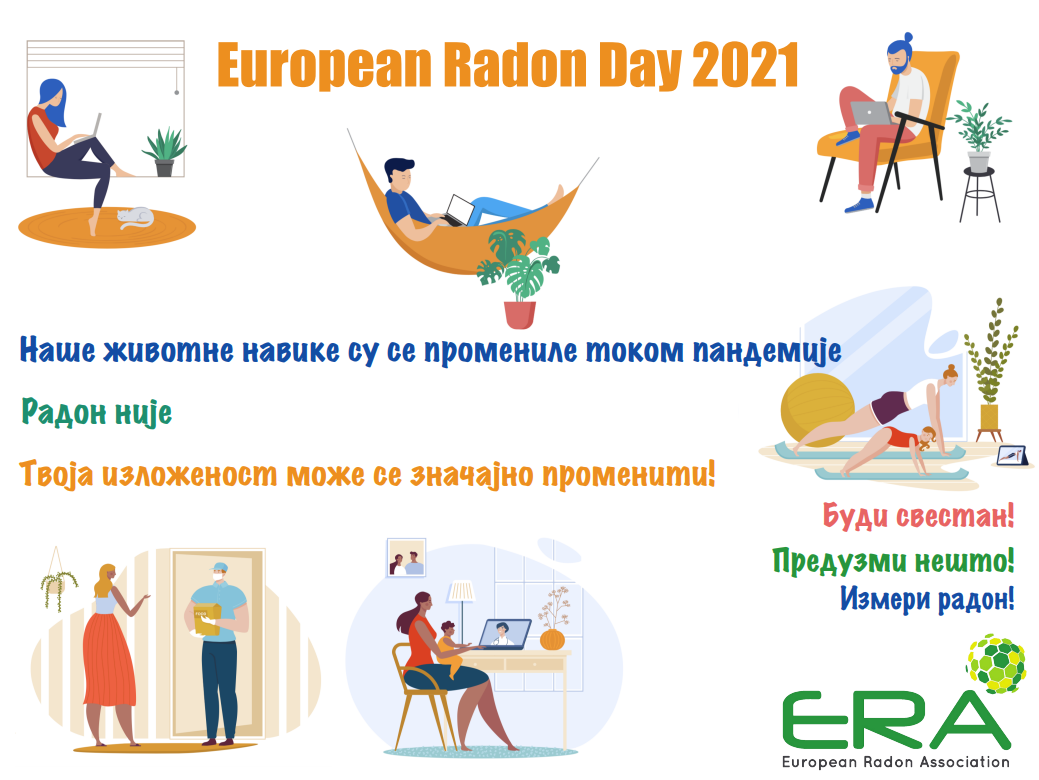The European Radon Association (ERA) marks this year’s RADON DAY on 7 November by taking a number of informative and educational activities.
The promotional poster, supporting this year’s campaign, emphasizes that no matter the circumstances worldwide due to corona virus affecting our everyday habits, radon issue cannot be neglected.
People who spend more and more time indoors should be aware of their exposure to radon. They should also know that the first step towards tackling the problems likely to occur due to radon exposure is the systematic measurement of radon concentration.
Serbian Radiation and Nuclear Safety and Security Directorate (SRBATOM), through its regular activities, joins the marking of Radon Day.
As part of the regular environmental radioactivity monitoring programme in our country, radon concentration is measured in Subotica, Novi Sad, Belgrade, Uzice, Zajecar and Nis. The results of the measurements are published in the Annual Reports on the public exposure on SRBATOM website.
In addition to such regular monitoring programme, through two national projects within the Technical Cooperation Programme with the International Atomic Energy Agency (IAEA), the Directorate has carried out for past few years radon concentration testing and measurements in dwellings, schools, and kindergartens in the Republic of Serbia.
Radon is a naturally occurring radioactive gas that enters our bodies mostly through respiratory system by inhalation. The epidemiological studies confirmed the harmful effect of radon, which prompted the World Health Organization (WHO) to declare radon as the second biggest cause of lung cancer after smoking. Radon is also placed on the list of major air pollutants in closed premises and is deemed as a potential hazard if we do not know its concentration in the premises we occupy on daily basis.

